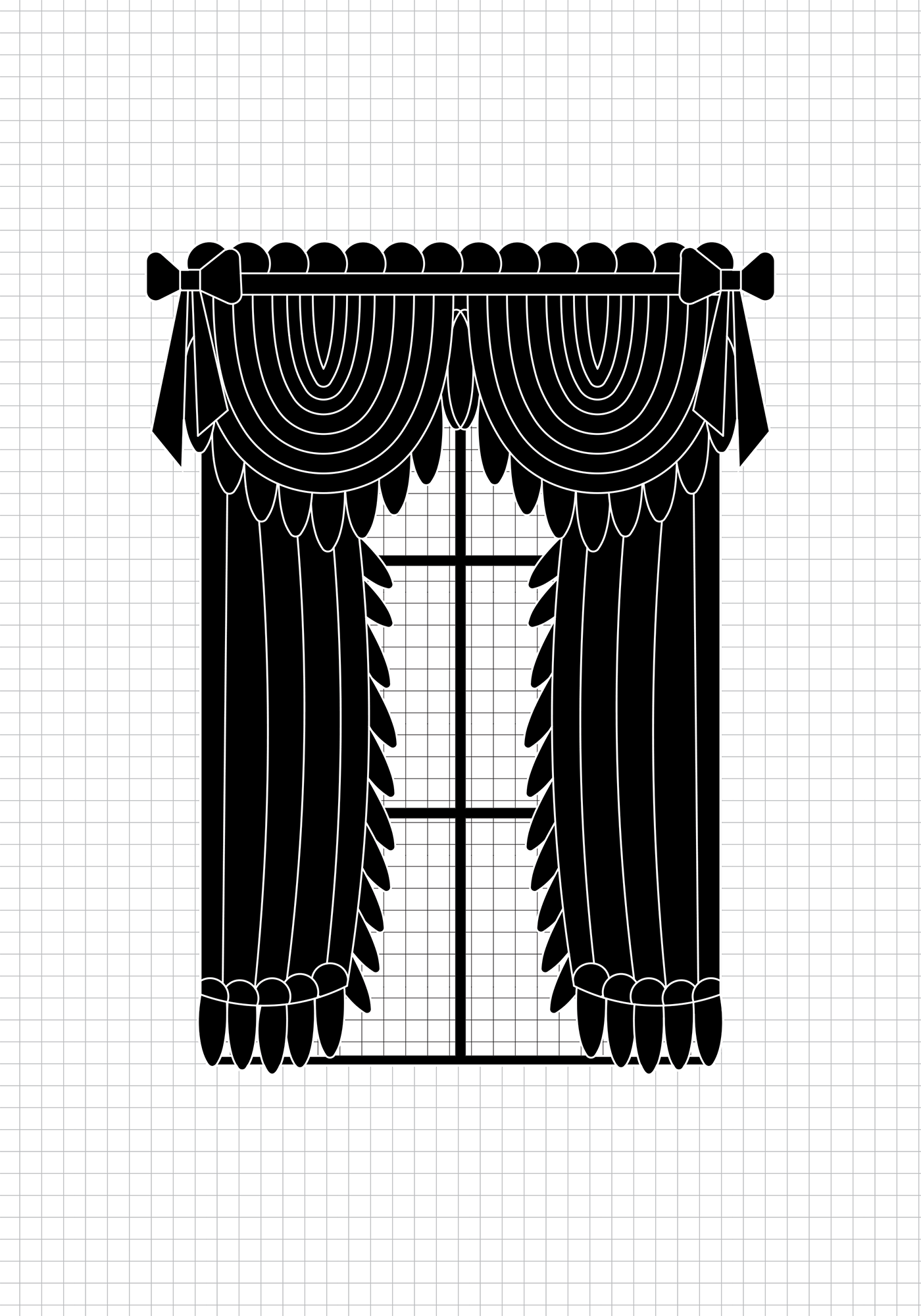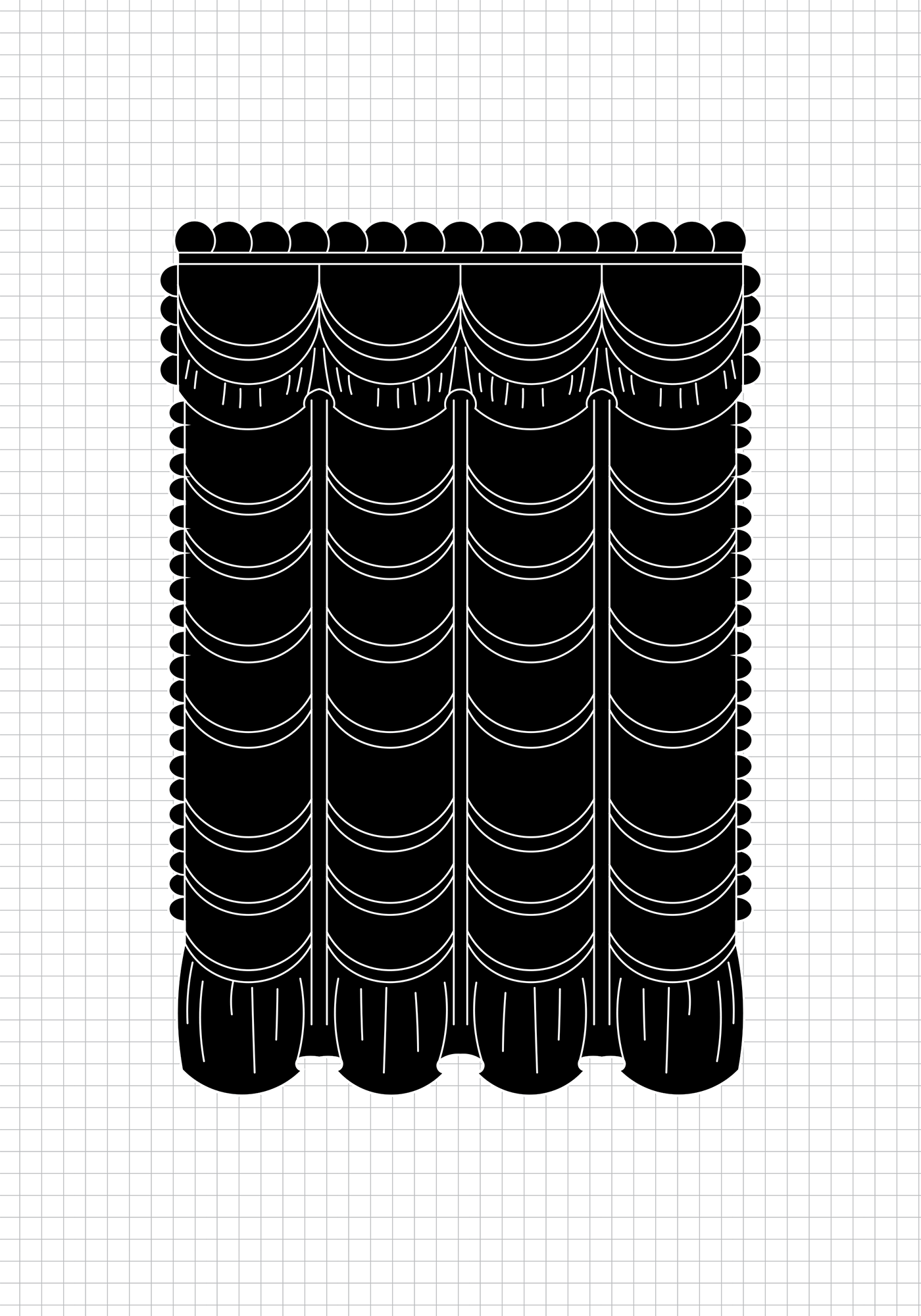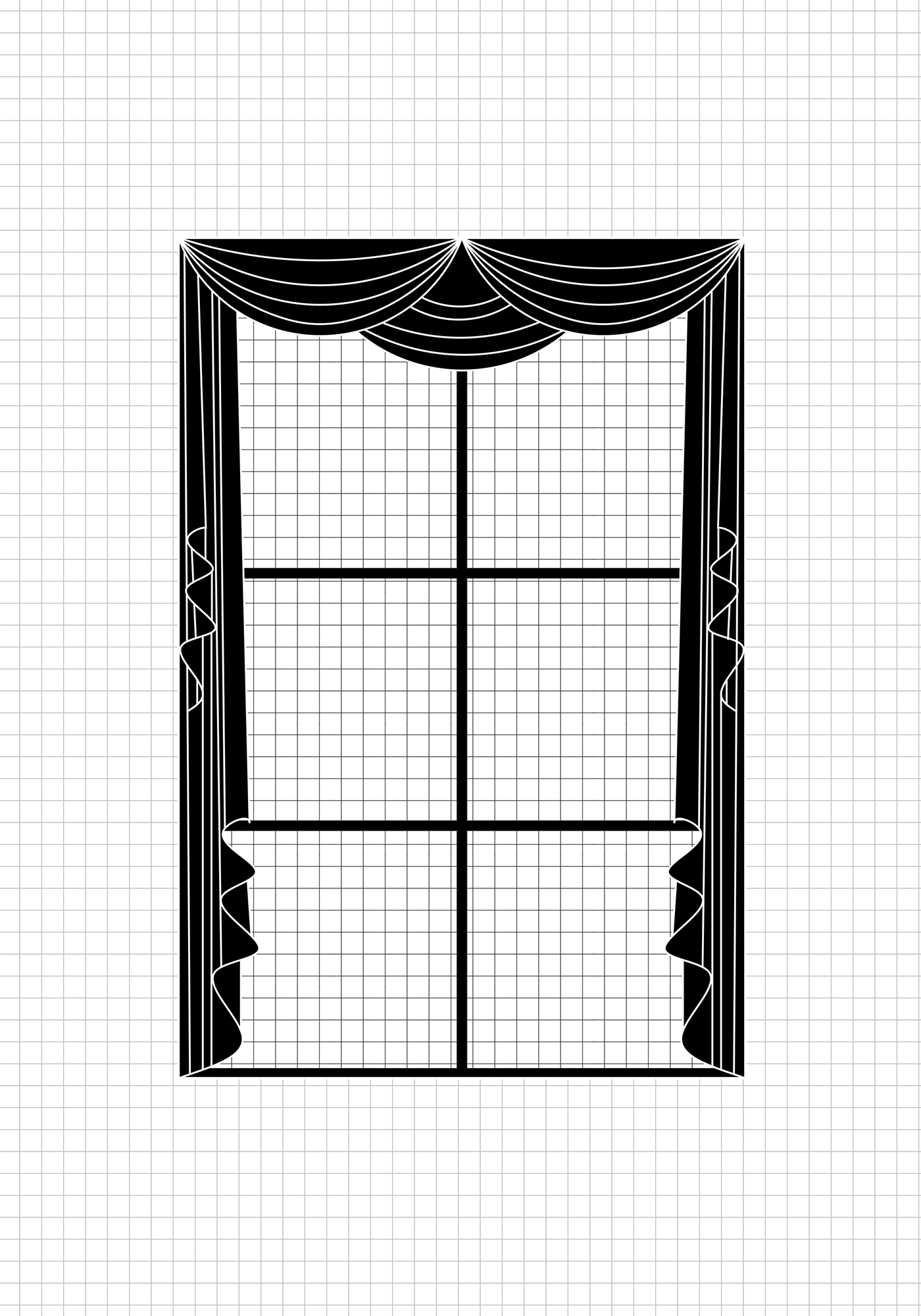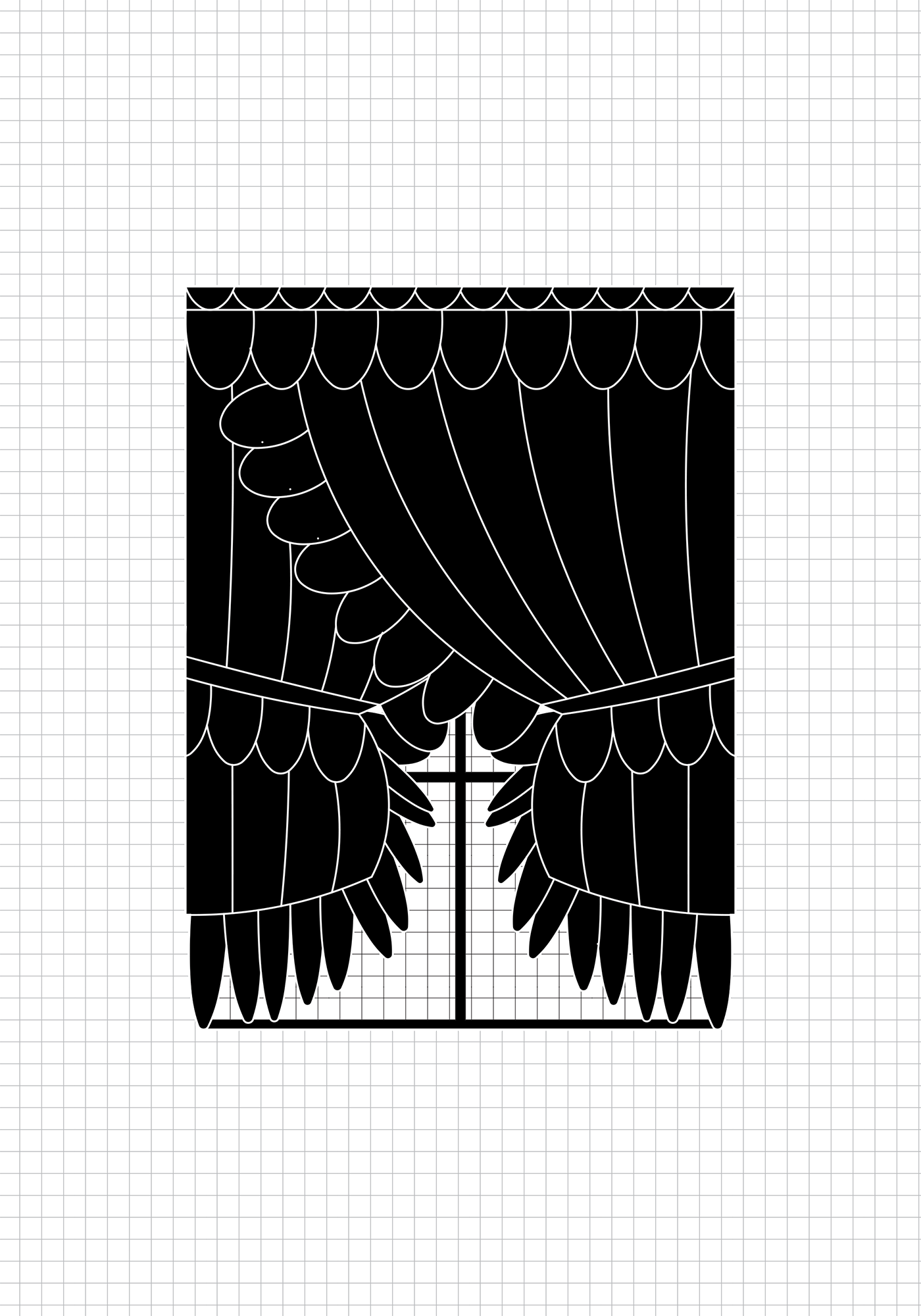Human beings could be characterized as “animals with windows”, inasmuch as between world and subject there is always something that mediates-not so much a medium per se, but something that connects all outside things and us. In his seminal book Fenetre (Window, 2004), the psychoanalyst Gerard Wajcman recalls that a “window” is not only a literary trope or metaphor, but also an actual mechanism, referring to the real window-an actual window built with a set of frames and glass panes, often protected on the outside by shutters and the inside by curtains. However if one were to rip off the frames and the mullions holding the glass panes, one would be left with just an aperture, bay or gap in the wall that lets one look through. Such an opening would function as an apparatus of vision-as an eye. And if the window can be an “eye”, then the eye can be a window. In human history many things have been our windows: spectacles, paintings, cameras, videos-instruments that help us connect to the world in which we are constantly immersed.
A Topology of Everyday Constellations /The MIT Press, Cambridge, pg252 /Georges Teyssot
Designers: Kelly Bair, Kristy Balliet / Project Team: Chaoqun Chen & Yosephine Ang








